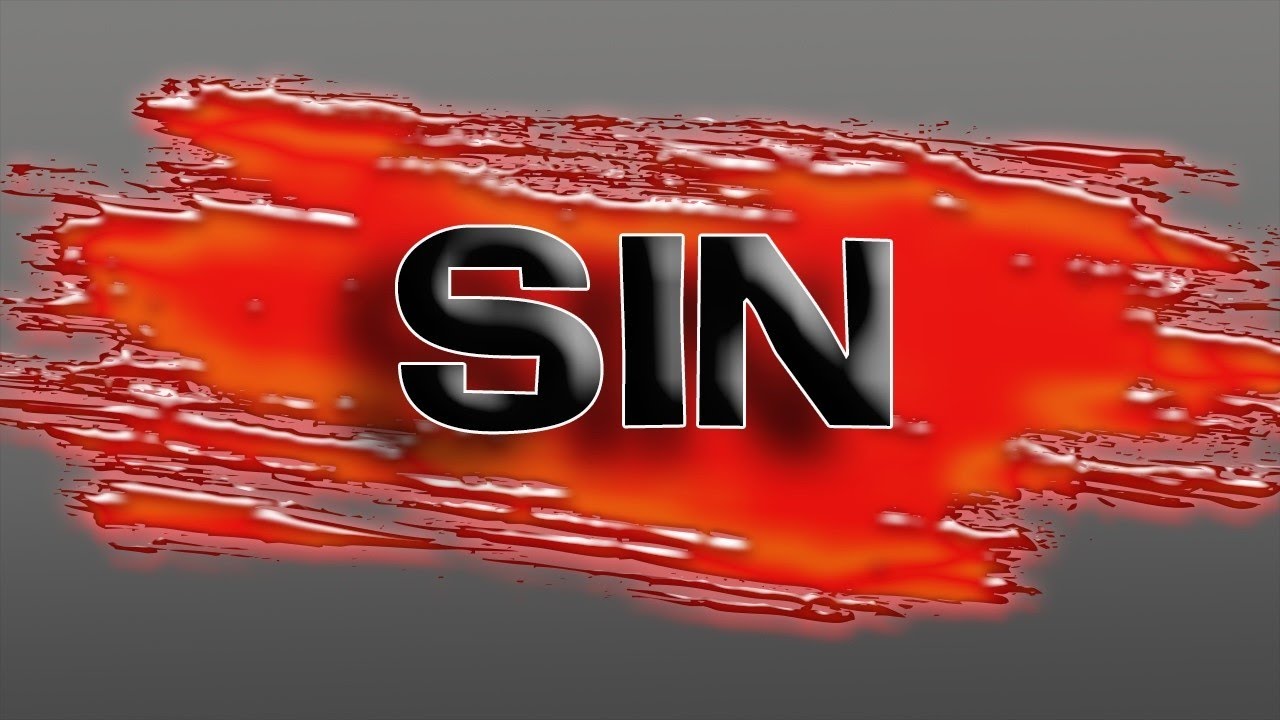Proven Ways to Expand Laptop Storage for Modern Gaming Needs
Introduction: The Challenge of Limited Laptop Storage for Gaming
Modern games are getting bigger every year, with some titles exceeding 100GB. For gamers using laptops, running out of storage space is a common frustration. A full drive can slow down performance and limit your ability to install new games or updates. Fortunately, there are several proven methods to expand your laptop’s storage, each with its benefits, challenges, and step-by-step guidance. This article explores the best ways to add more storage to your laptop for gaming, so you can enjoy a seamless, lag-free gaming experience without constantly uninstalling old favorites.
Understanding Your Storage Needs: How Much Is Enough?
Before making any upgrades, it’s crucial to evaluate how much storage you need. Consider the size of your current game library and the types of games you play. AAA games now frequently require 50-150GB each, and updates can add several gigabytes over time. If you stream or record gameplay, factor in additional space for video files, which can be quite large. A good rule of thumb for most gamers is to have at least 1TB of available storage if you want to keep several modern titles installed at once [1] .
Option 1: Using External Storage Drives
The most straightforward way to expand your laptop’s storage is with an external hard drive or solid-state drive (SSD). These devices connect via USB and offer instant extra capacity without opening your laptop. For gaming, the key considerations are speed, reliability, and portability.
External SSDs are highly recommended for gaming because they offer fast data transfer speeds, resulting in shorter loading times and smoother gameplay compared to traditional hard drives (HDDs). Newer external SSDs like the WD_Black P40 and the Adata SD810 deliver high performance and are compatible with most laptops [1] , [5] . External SSDs are typically more expensive per gigabyte than HDDs but are much faster and more durable.
External HDDs provide a cost-effective solution for storing large game libraries but have slower read/write speeds, which can result in longer game load times. They’re suitable for storing games you play less frequently or for backups [1] .
To use an external drive for gaming, plug it into your laptop’s USB 3.0 or USB-C port. For best performance, especially for newer titles, use a high-speed SSD and connect via the fastest available port. Many external SSDs come with software for managing your games and customizing settings, such as LED lighting for a personalized touch [3] .
Practical Steps:
- Determine the storage capacity you need based on your game library.
- Choose an external SSD for speed or HDD for maximum storage at a lower cost.
- Connect the drive using a fast USB port (USB 3.0 or better recommended).
- Format the drive if necessary and set your game installers to default to the new drive.
Option 2: Upgrading Your Laptop’s Internal Storage
For a more permanent and seamless solution, consider upgrading your laptop’s internal storage. Most modern laptops use either a 2.5-inch SATA drive or an M.2 NVMe SSD. Internal SSD upgrades can dramatically speed up load times and overall system responsiveness. Some laptops have an extra M.2 slot, allowing you to add a second drive rather than replacing the existing one. However, not all laptops are upgradeable, so check your model’s manual or manufacturer’s website for compatibility [4] .
Step-by-Step Guide:

Source: phoenixenglishlang.com
- Check your laptop’s documentation or support page to determine supported drive types (2.5-inch SATA, M.2 SATA, or M.2 NVMe).
- Purchase a compatible SSD from a reputable brand, considering capacity and performance needs.
- Backup your data before starting the upgrade process.
- Power off your laptop, disconnect from power, and remove the back panel (usually with a small screwdriver).
- Locate the storage bay. If replacing an existing drive, remove it and install the new one. If adding, insert the new SSD into the available slot.
- Reassemble the laptop, power on, and initialize the new drive using your operating system’s disk management tools.
Note that some laptops have soldered storage that cannot be upgraded. In these cases, external drives remain the best option.
Option 3: Cloud Storage and Game Streaming
Cloud gaming and cloud storage are emerging solutions for gamers with limited local storage. Services like Xbox Game Pass Ultimate and NVIDIA GeForce NOW allow you to stream games directly from the cloud, reducing the need for large downloads. Game save files and media can also be stored in cloud services such as Google Drive or OneDrive. While these options depend on a stable, fast internet connection, they offer a flexible way to access games and free up local storage [1] .
How to Get Started:
- Research cloud gaming providers and compare pricing, game libraries, and compatibility.
- Sign up for a service and follow their instructions for accessing games on your laptop.
- Use cloud storage for backing up save files and game captures to free up local space.
Cloud solutions are best used alongside, not as a replacement for, local storage for most gamers.
Key Factors to Consider When Expanding Laptop Storage
When selecting the best storage solution for gaming, consider the following factors:
- Speed: SSDs (internal or external) offer much faster load times and better performance than HDDs [5] .
- Capacity: Consider how many games you want installed at once. 1TB is a good minimum, but heavy gamers may need 2TB or more [1] .
- Portability: External drives can be moved between devices, while internal upgrades are fixed to your laptop.
- Budget: SSDs are more expensive than HDDs but offer better performance for gaming.
- Compatibility: Always check your laptop’s documentation or manufacturer’s support for upgrade compatibility.
Common Challenges and How to Overcome Them
Some gamers may face challenges such as:
- Limited Upgrade Options: Some ultrabooks and budget models do not allow internal storage upgrades. In these cases, external SSDs are the best option [1] .
- USB Port Limitations: For best performance, use USB 3.0 or higher ports for external drives. Slower ports can bottleneck transfer speeds [2] .
- Game Launch Issues from External Drives: Some games may not launch properly from external storage due to anti-cheat systems or missing dependencies. Always verify game compatibility and consider keeping essential titles on the internal drive.
- Backup and Data Safety: Always backup important data before upgrading internal drives, and consider using cloud storage for redundant protection.
Alternative Approaches and Expert Tips
If traditional methods are unavailable, consider these alternatives:
- Use SD cards if your laptop supports them for additional, albeit slower, storage.
- Utilize network storage (NAS) for shared libraries in a home environment.
- Organize and regularly clean your game library, uninstalling unused titles to maximize available space.
For the best gaming experience, combine fast internal storage for your most-played titles with external drives or cloud solutions for less frequently accessed games and backups. This hybrid approach maximizes speed, flexibility, and storage capacity.
Summary and Next Steps
Adding more storage to your laptop for gaming is easier than ever, thanks to a wide range of external and internal solutions. External SSDs offer plug-and-play convenience and speed, while internal upgrades deliver maximum performance for compatible laptops. Cloud gaming and storage provide flexible supplemental options. Always verify compatibility and use reputable brands for upgrades. For help choosing the best drive or performing an upgrade, search the official support page for your laptop manufacturer or consult a professional technician for installation services.

Source: amritmagdalejna.blogspot.com
References
- [1] GamesRadar (2025). Best external hard drive for gaming 2025: portable console and PC options tested and reviewed.
- [2] Hardware Canucks (2021). An External SSD for GAMING vs HDD & SSD.
- [3] Best Buy (2022). Best External Hard Drive For Gaming.
- [4] SanDisk (n.d.). Our Best Internal & External SSDs for Gaming PCs.
- [5] PC Gamer (2025). Best external SSDs for gaming in 2025.



